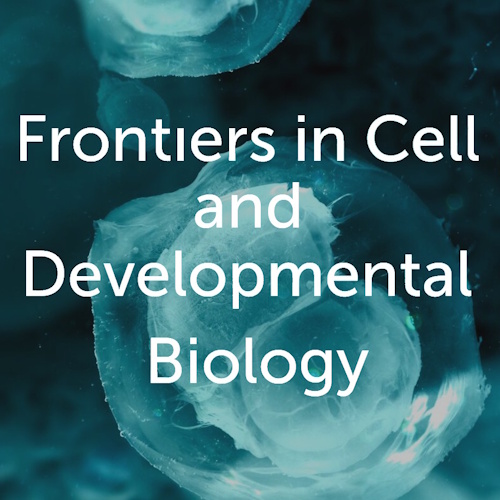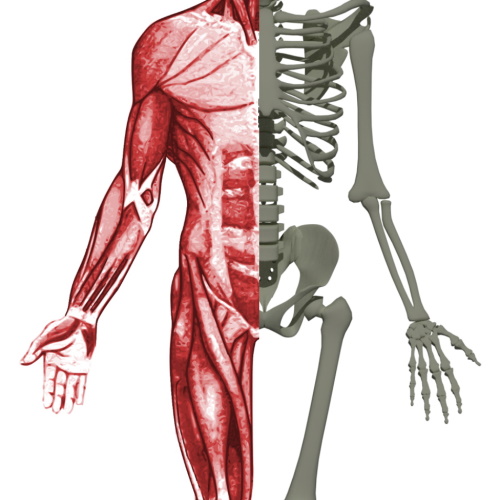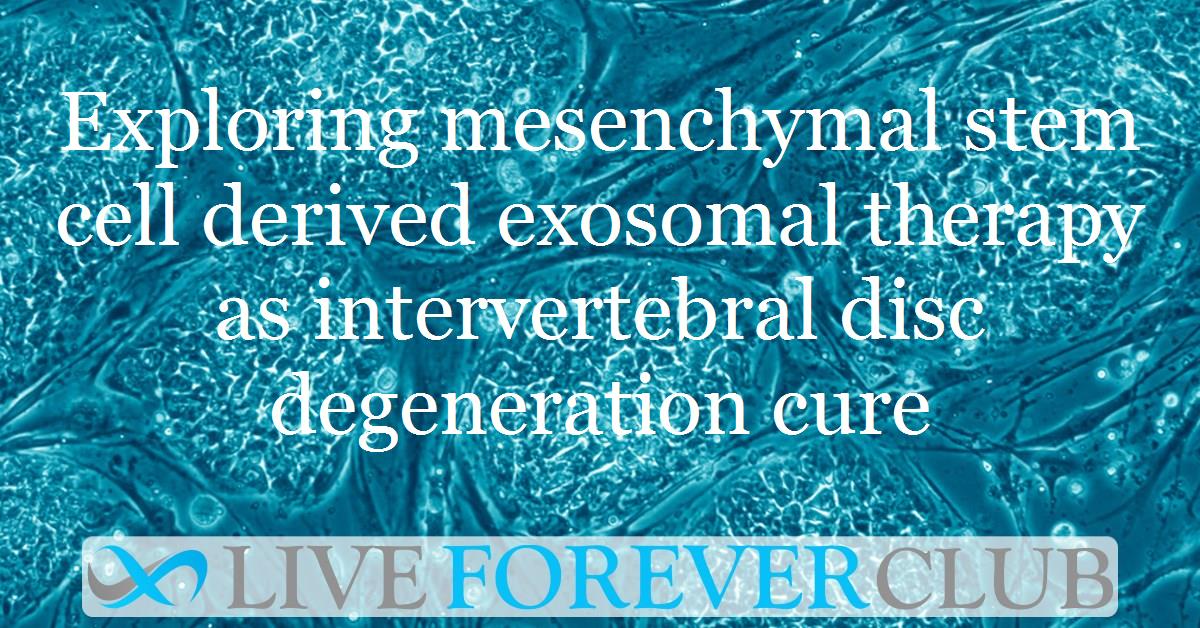Recent research performed by the department of orthopaedics at Capital Medical University, Beijing, tried to identify benefits of exosome-based therapy for the cure and regeneration of intervertebral disc degeneration and bone repair.
IDD: A medical menace
Lower back pain is a global health issue and is more frequently observed in ageing population. A common manifestation of back pain is degeneration of the intervertebral discs in our spinal column. Intervertebral disc degeneration (IDD) is caused by excessive mechanical burden, poor posture habits along with reduced vascular nutrient supply to the cartilage end plates as we age.
With reduced water content in the cartilages, the chance of damage increases, and may manifest in the form of slipped disc herniation and spinal stenosis in chronic cases. Current available treatment regimens haven’t been significantly effective in reversing the degenerative process, with symptomatic management being the accepted approach.
Exosome and their potential
Exosomes are bilayered extracellular capsules released by various cells in the body. These vesicles are responsible for performing a multitude of functions. They perform these functions by attaching to the cell membranes of their target cells. The exosomes can contain genetic commands (various kinds of RNA), lipids and functional proteins which extract an appropriate response from the target cells.
In simple terms, these exosomes form a line of communication between the donor and recipient cells to maintain proper regulation of processes such as tissue repair, inflammation, and apoptosis(programmed cell death).
Mesenchymal stem cell exosomes and IDD
Mesenchymal Stem Cells (MSC) have self-replicating multidirectional differentiation potential. This property has been a serious consideration in evaluating their effectiveness as a therapy for disc degeneration and bone repair. An advantage of using exosomes from MSCs is that it can avoid the complications associated with transplant of intact cells, such as autoimmune rejection, infection and inappropriate differentiation.
MSC exosomes (MSCExos) have been found to delay and potentially reverse IDD by multiple pathways such as suppressing inflammatory response, preventing apoptosis, restricting extra cellular matrix degeneration, and protecting endplate cartilages and fibre of the joints. MSC exosomes from bone marrow, fat tissues, and umbilical cord all exhibit these characteristics.
Let’s look at some of the major mechanisms that were observed in MSCExos therapy for both IDD and bone repair in this study.
MSCs and IDD relationship
Impact on nucleus pulposus
Nucleus pulposus is the inner gel material in the centre of a vertebral disc. It makes almost half the surface of the disc and is surrounded by the strong outer wrapping called annulus fibrosus. Nucleus pulposus plays the role of shock absorption, preventing bone to bone contact and reducing injury possibilities.
In IDD pathology, the number of nucleus pulposus cells reduces. The study established that MSCExos were able to prevent this by promoting proliferation and preventing apoptosis of nucleus pulposus cells.
Extracellular matrix degeneration
The extracellular matrix of vertebrae discs is made of collagens, glycoproteins, elastin and water. These provide functional and structural support. In IDD, the matrix gets destroyed by enzymes such as metalloproteinases. MSCExos increase collagen production and reduce enzymatic degradation to prevent ECM destruction.
Suppression of inflammatory pathways
IDD is associated with various inflammatory factors such as interleukins and their signalling pathways. As the cells age, these pathological pathways get aggravated accelerating the destruction process. MSCExos has been shown to inhibit these pathways.
Inhibiting oxidative stress
Oxidative damage from free radicals is an aggravating factor for various pathologies in the body including the vertebrae disc degeneration. MSCs, specifically from the bone marrow, could reduce the reactive oxygen free radicals and inhibit subsequent stress.
Annulus fibrosus protection
Annulus fibrosus is the strong outer wrapping of the vertebral disc. Along with nucleus pulposus, it is also negatively affected due to abnormal biomechanics. MSCExos have a protective effect on these structures as well.
Effect on endplate chondrocytes
The degeneration of cartilage endplate reduces the supply of nutrients to the discs, and thi shas been shown to be resisted by the MSCExos therapy on mice tails.
MSC exosome role in bone repair
Osteogenic proliferation
Exosomes from bone and umbilical cords have shown to both ensure cell proliferation and differentiation. They repaired bone injury by various signalling pathways and improved osteoclast proliferation.
Angiogenesis
Angiogenesis, or formation of blood vessels, is vital in bone healing. New vessels provide nutrients to the healing site while also clearing out inflammation factors. MSCs promote proliferation of blood vessels by targeting the mTor pathway.
Improving osteoporosis
Osteoporosis occurs in advanced age when bone becomes weak and brittle because new bone creation doesn’t keep up with old bone tissue loss. Exosomes promote osteoclast cells which causes new bone tissue development.
Conclusion
Mesenchymal stem cell exosomes have proven their potential as an intervertebral disc degeneration and bone damage therapy. However, there is need for further research into improving their effectiveness in bone regenerative therapeutics.
Author: Joydev Bhattacharjee
Reference
Mechanism of Action of Mesenchymal Stem Cell-Derived Exosomes in the Intervertebral Disc Degeneration Treatment and Bone Repair and Regeneration – Peng Yin et al – Frontiers in Cell and Developmental Biology 2022







